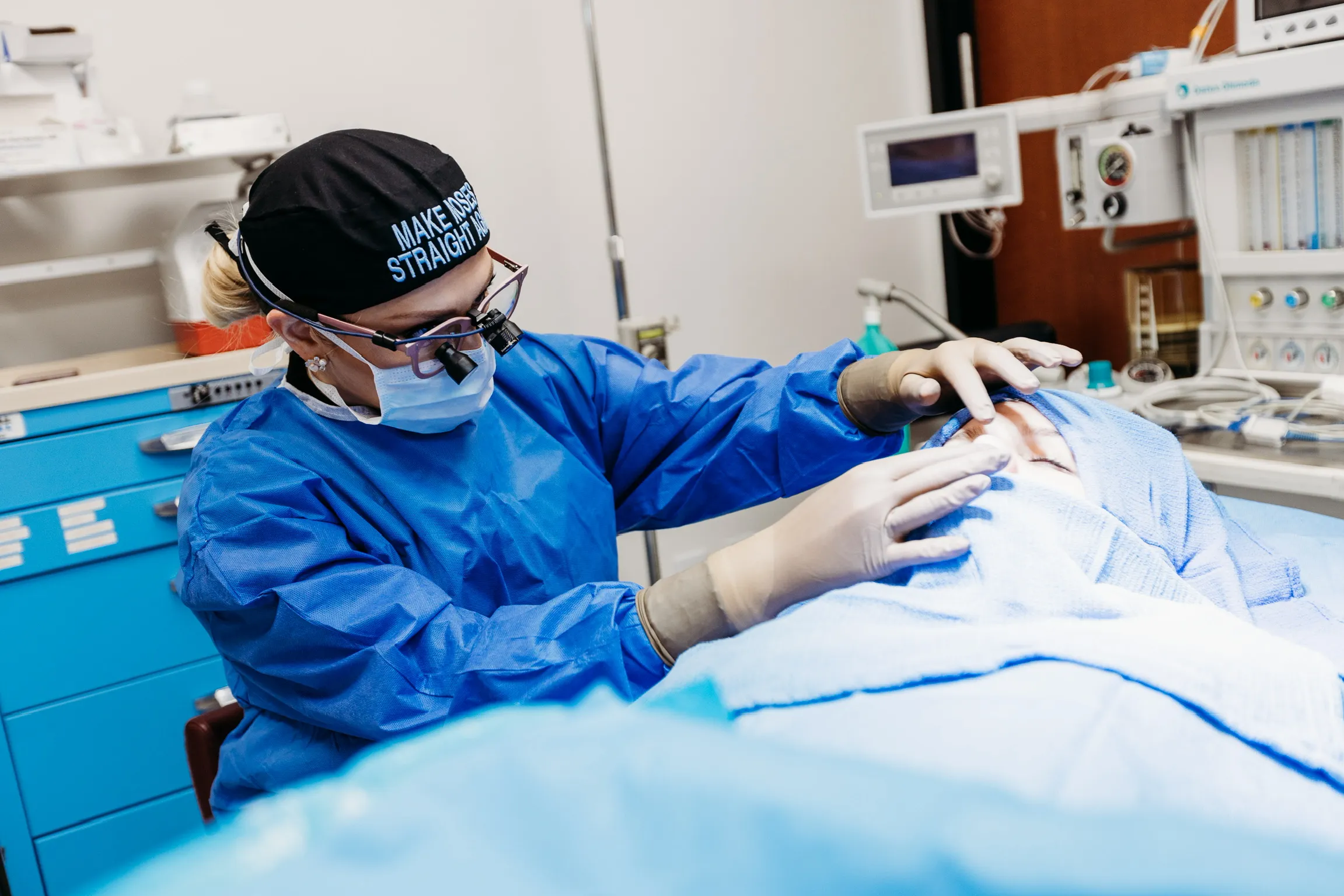The field of brain surgery holds the keys to saving and improving countless lives. From treating life-threatening conditions like tumors and aneurysms to alleviating neurological disorders such as epilepsy, brain surgery plays a role in modern medicine. With advances in techniques and technologies, procedures are now safer, more precise, and less invasive than ever before. Here, we explore the common techniques, cutting-edge technology, and minimally invasive methods used by brain surgeons today.
What Are the Most Common Techniques Used in Brain Surgery Today?
A brain surgeon utilizes various techniques to address specific conditions. Some of the most common procedures include:
- Craniotomy: This involves creating an opening in the skull to access the brain. It is often used for removing tumors, repairing aneurysms, or treating head injuries.
- Stereotactic Surgery: Guided by 3D imaging, this technique allows for pinpoint precision in targeting brain abnormalities, such as tumors or blood vessel malformations.
- Deep Brain Stimulation (DBS): A procedure that involves implanting electrodes in specific brain regions to treat symptoms of Parkinson’s disease, epilepsy, and other neurological conditions.
- Microsurgery: Using high-powered microscopes, a brain surgeon can perform intricate operations on minute structures, such as nerves or blood vessels, with incredible precision.
These foundational techniques form the basis of many life-saving interventions performed by skilled brain surgeons around the world.
How Has Technology Improved the Precision of Neurosurgery?
Technology has transformed neurosurgery, equipping brain surgeons with advanced tools that enhance precision, safety, and patient outcomes. Imaging technology, such as MRI and CT scans, now offers detailed 3D visuals that provide accurate brain maps to guide surgeons during procedures. These advancements provide better planning and execution, especially in complex surgeries.
Other innovations have further elevated neurosurgical practices. Neuro-navigation systems, akin to GPS for the brain, allow real-time tracking of surgical instruments to minimize damage to healthy tissues. Robotics has also revolutionized the field, giving surgeons greater dexterity and control for ultra-precise movements key in intricate brain procedures. Laser technology, such as laser interstitial thermal therapy (LITT), uses heat to precisely remove tumors or lesions, reducing risks associated with traditional surgery. These advancements collectively improve patient safety, shorten recovery times, and optimize surgical outcomes.
Which Minimally Invasive Methods Are Being Used in Brain Procedures?
Minimally invasive brain surgery techniques are gaining popularity due to their ability to reduce pain, scarring, and recovery times. Here are some approaches:
- Endoscopic Surgery: This minimally invasive method uses a small camera (endoscope) inserted through a tiny incision. It is particularly useful for conditions such as hydrocephalus or certain tumors located at the skull base.
- Keyhole Surgery: Also known as minimally invasive craniotomy, this technique involves creating smaller openings in the skull while achieving the same surgical objectives as traditional methods.
- Catheter-Based Surgery: For conditions like aneurysms, brain surgeons use catheters inserted through blood vessels to access and treat the brain without opening the skull.
- Gamma Knife Radiosurgery: Despite its name, this isn’t a physical surgery but rather a non-invasive method using precise radiation to target issues like tumors or nerve disorders.
These methods allow patients to recover faster, experience fewer complications, and return to normal life sooner.
Consult a Brain Surgeon
If you or a loved one is facing a neurological condition that may require surgery, consult an experienced brain surgeon. They can evaluate your specific case and recommend the most effective treatment options tailored to your needs. Advancements in brain surgery techniques and technologies mean there are more options than ever, ranging from traditional methods to cutting-edge, minimally invasive procedures.
- FREHF – The Revolutionary Future Of Human-Centered Technology!
- Adsy.Pw/Hb3 – Boost Your SEO And Drive More Traffic!
- Fitness Based Vacations By Timeshealthmage.com!
- TimesHealthMag Tips For Improving Sleep Quality – Expert Advice For Better Rest!
- How TimesHealthMage Helps Improve Your Lifestyle Habits!


Leave a Reply